There’s something irresistibly charming about dogs with tiny, squished noses. They look like they’ve been cuddled into soft little pancakes—adorable, silly, and full of personality.
These dogs tend to snort when they breathe, snore in their sleep, and make the funniest little faces when they’re excited. But what most people don’t realize is that their short snouts aren’t just a look—they shape the way these dogs live every single day.
From how they breathe to how they cool down, even how they travel or play, everything is affected by that tiny nose. Whether you’re a curious dog lover, a future pet parent, or just someone wondering why these pups wheeze like grumpy grandpas, this guide will show you everything you need to know.
Let’s explore the shortest-snouted dog breeds—not just who they are, but why their adorable faces deserve a little extra attention and care.
Most Short-Snouted Dog Breeds
1. Affenpinscher
The Affenpinscher’s flat face isn’t just for looks—it enhances their expressive features and gives them a surprisingly intense gaze. Bred to chase and catch rodents, they use that compact muzzle with incredible precision. Their alert expression isn’t just adorable—it’s functional.
Big confidence in a small frame
They carry themselves with surprising boldness, often acting like they run the room. Even in unfamiliar settings, they don’t hesitate to take charge, which makes them excellent watchdogs. Their self-assured nature is a standout trait among companion dogs.
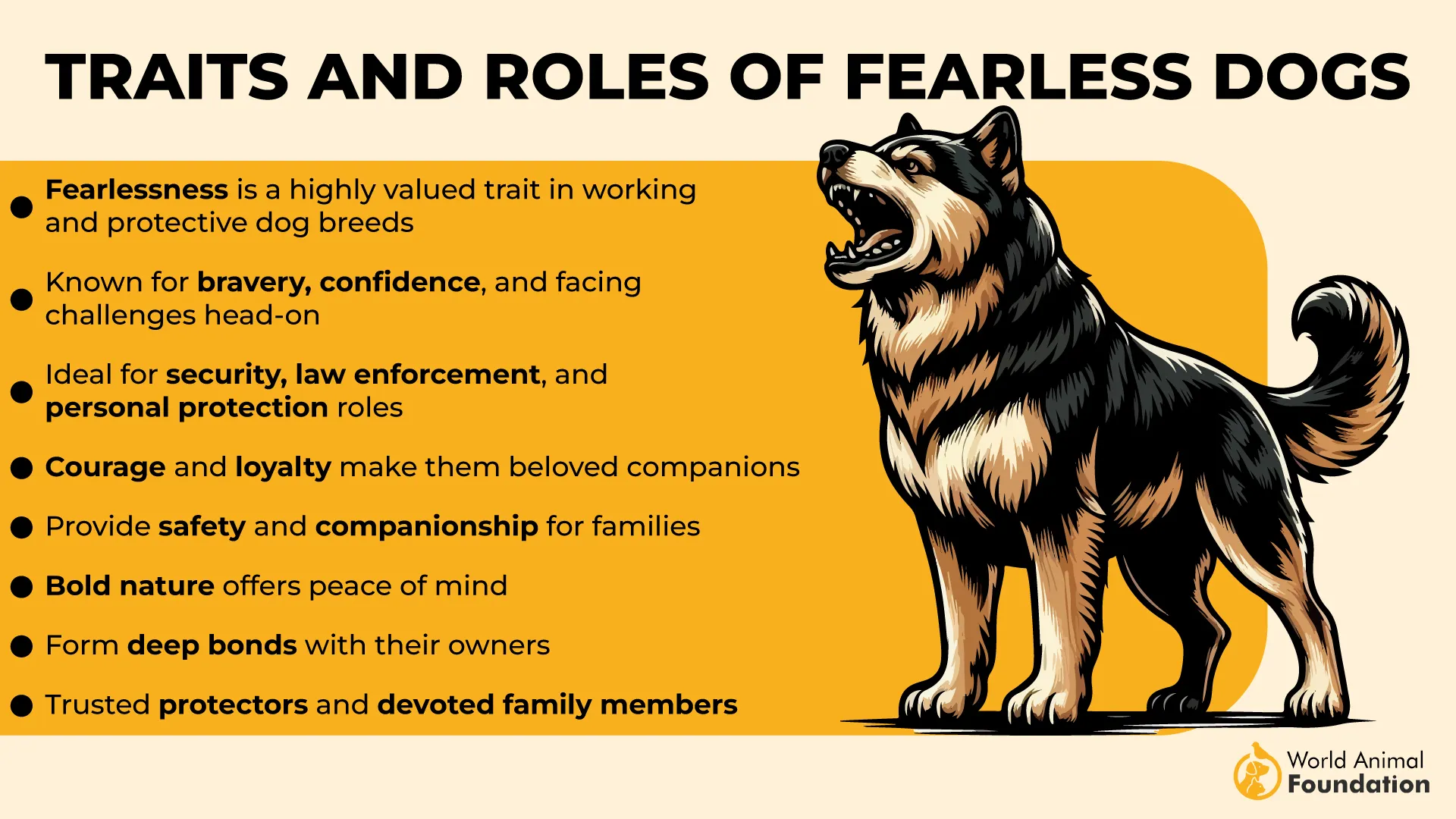
Independent, but always connected
Though they value their space, Affenpinschers are emotionally attuned to their pet parents. They won’t constantly demand attention but will always be nearby, observing and staying involved. That subtle loyalty is part of what makes them so endearing.
Loved by selective dog lovers
Their quirky expressions, wiry coat, and bold spirit attract dog lovers who appreciate personality over predictability, as mentioned in the AKC. They do well with adult households where their individuality is respected. These dogs aren’t for everyone, and they seem to prefer it that way.
2. Boxer
A Boxer’s short snout isn’t just a defining trait—it’s part of what gives them their unique bite strength and expression. Their undershot jaw and broad muzzle were originally developed for gripping and holding, especially in wild game pursuits. It’s a feature tied directly to their working history.
Stamina wrapped in strength
This is a true muscular dog, built for endurance and agility rather than just looks. Their athletic body isn’t bulky—it’s balanced for springy movement and precise control. You’ll often find them bouncing through play with energy that barely fades.
Heat sensitivity and breathing effort
Like many brachycephalic dog breeds, Boxers struggle with heat regulation and benefit from moderate activity during cooler hours, as stated in All Boxer Info. Their short snout can lead to heavier breathing during intense play. These traits call for thoughtful care, especially in warmer climates.
Health concerns tied to a structure
Their flattened facial anatomy increases the risk for respiratory issues and certain heart-related health problems, particularly in older dogs. Responsible breeding and regular vet care make a noticeable difference. It’s important to monitor even subtle changes in their breathing or energy levels.
3. Pekingese
The Pekingese was once exclusive to Chinese emperors, and that heritage still echoes in how they carry themselves. Their flat, short snout contributes to a dignified look that mirrors their historic status. They’re not just lapdogs—they’re little nobles with serious presence.
Built-in Breathing Quirks
As one of the classic brachycephalic breeds, the Pekingese has a compressed nasal passage that often leads to noisy breathing, as per Pekingese Central. They may snore or snort during sleep, especially in warmer climates or after light activity. Owners quickly learn these sounds are just part of the package.
Compact Body, Unique Gait
Their short legs and low-slung frame give them a rolling, almost swaying gait that’s unlike any other breed in this group. Combine that with their long coat, and it creates a floating illusion as they move. It’s an iconic feature that’s not replicated elsewhere.
Sensitive to Overheating
Health considerations with this breed start with temperature control. That short snout limits airflow, and their dense coat doesn’t help, so heat can quickly overwhelm them. Quiet indoor environments with minimal exertion tend to suit them best.
4. Chow Chow
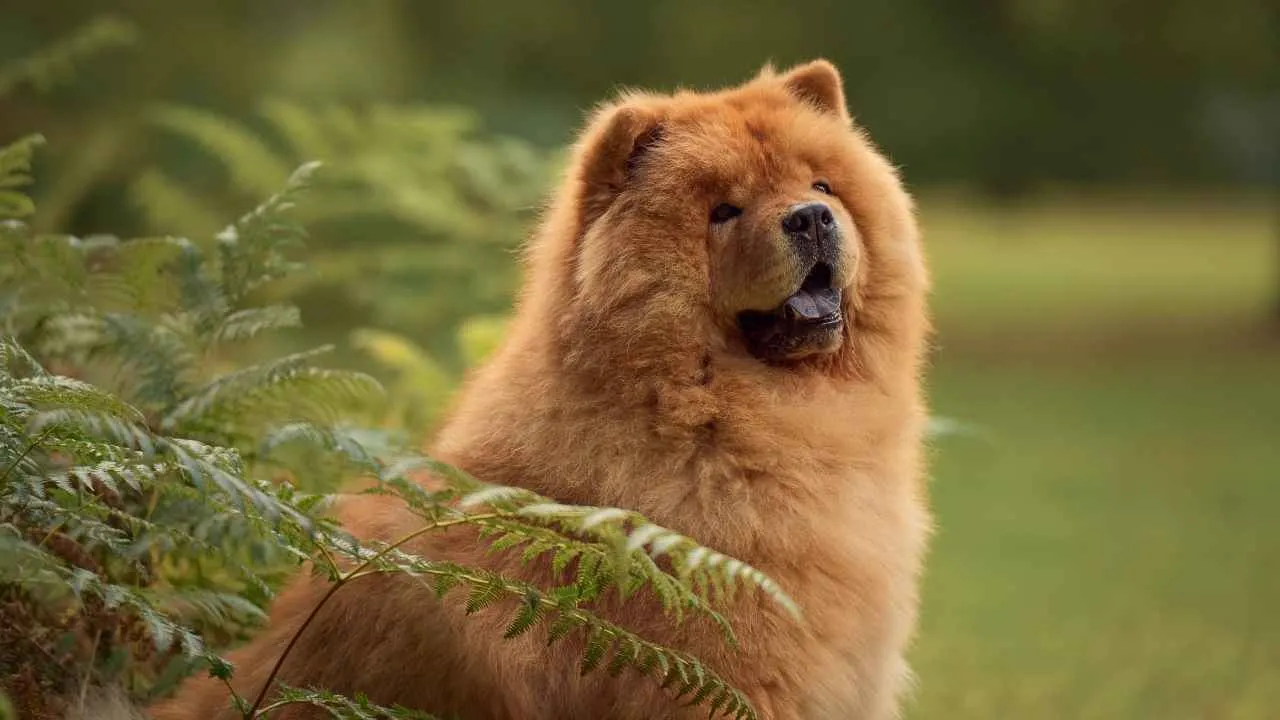
The Chow Chow’s extremely short snout, paired with its thick double coat, can make it especially sensitive to overheating. This unique pairing limits their ability to regulate body temperature efficiently. It’s why hot climates can pose real risks for this breed.
Restricted airflow structure
The narrow nasal passages and compact skull structure make the Chow Chow more prone to breathing problems. This is particularly noticeable during exercise or high-stress situations. Owners often have to adjust activities around their respiratory tolerance.
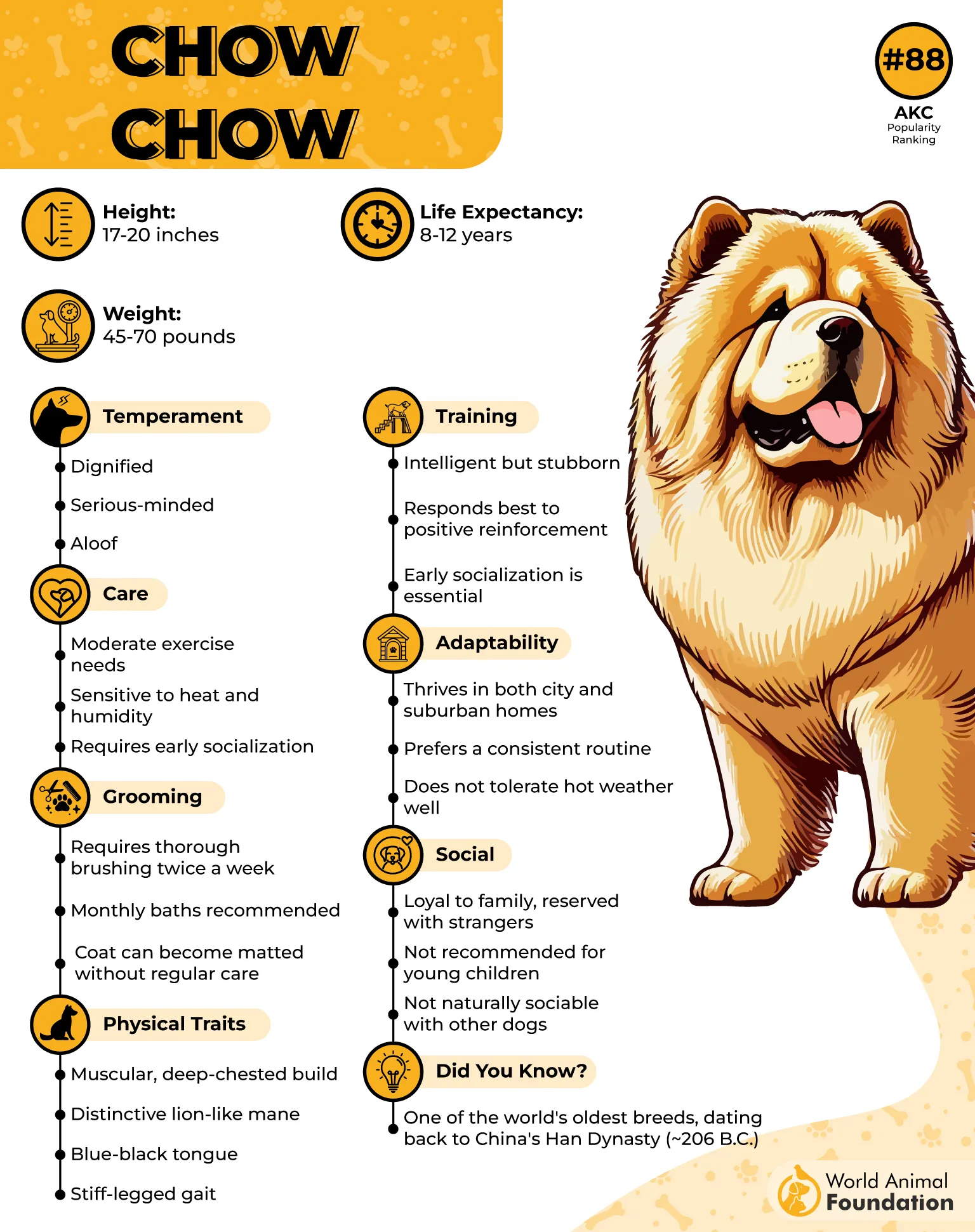
Distinct movement and posture
They have a stiff-legged, almost stilted gait, unlike most dogs, which is partly tied to their bone structure. This affects not just their walk but also how much strain certain activities may put on their joints. Their movement style is one of their lesser-known but telling traits.
Prone to specific health conditions
Chow Chows are genetically predisposed to autoimmune disorders and skin issues due to their dense coat and unique build, according to Parkwood Animal Hospital. Their deep-set eyes can also lead to vision-related health conditions over time. Regular screenings are often recommended early in life.
5. Brussels Griffon
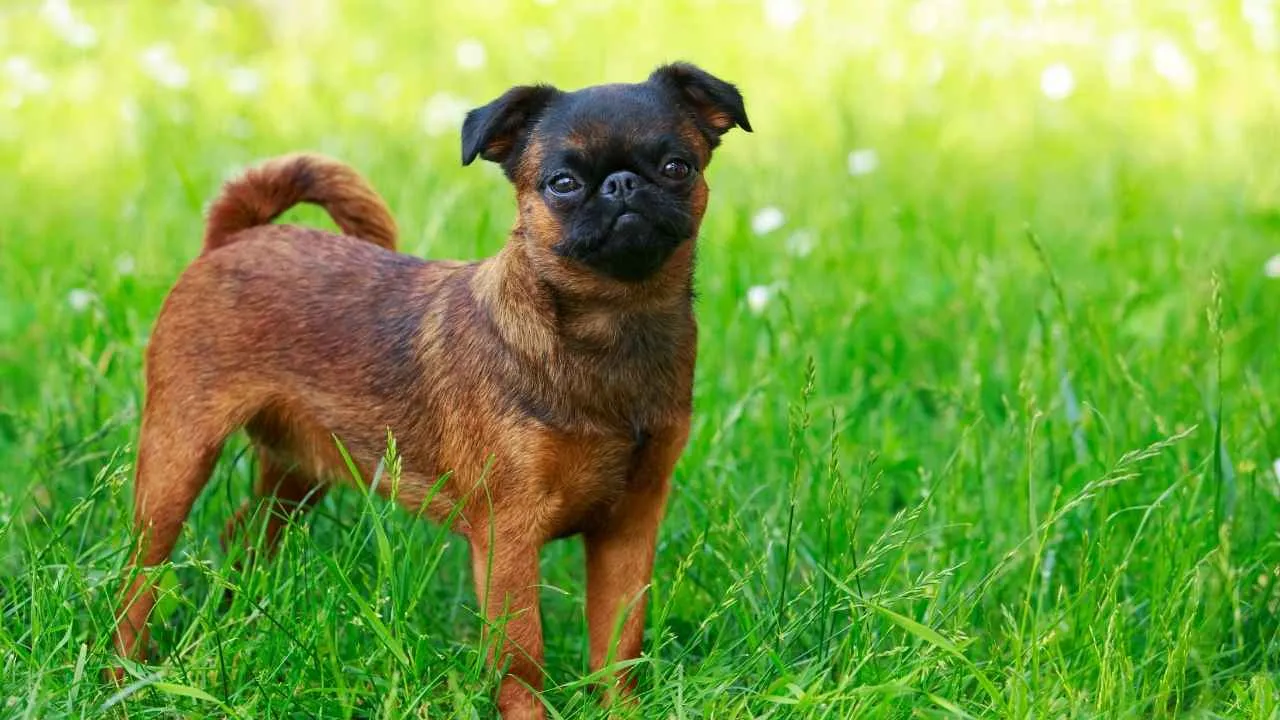
Brussels Griffons have an extremely short nasal passage combined with noticeably narrowed nostrils. This compact anatomy limits efficient airflow, especially in warmer weather. Their breathing pattern can sound raspy even when they’re resting.
Tendency for respiratory issues
Because of their flat faces, they’re particularly prone to respiratory problems during exercise or heat exposure. Careful temperature control is important for them. Even minor overexertion can lead to visible signs of discomfort.
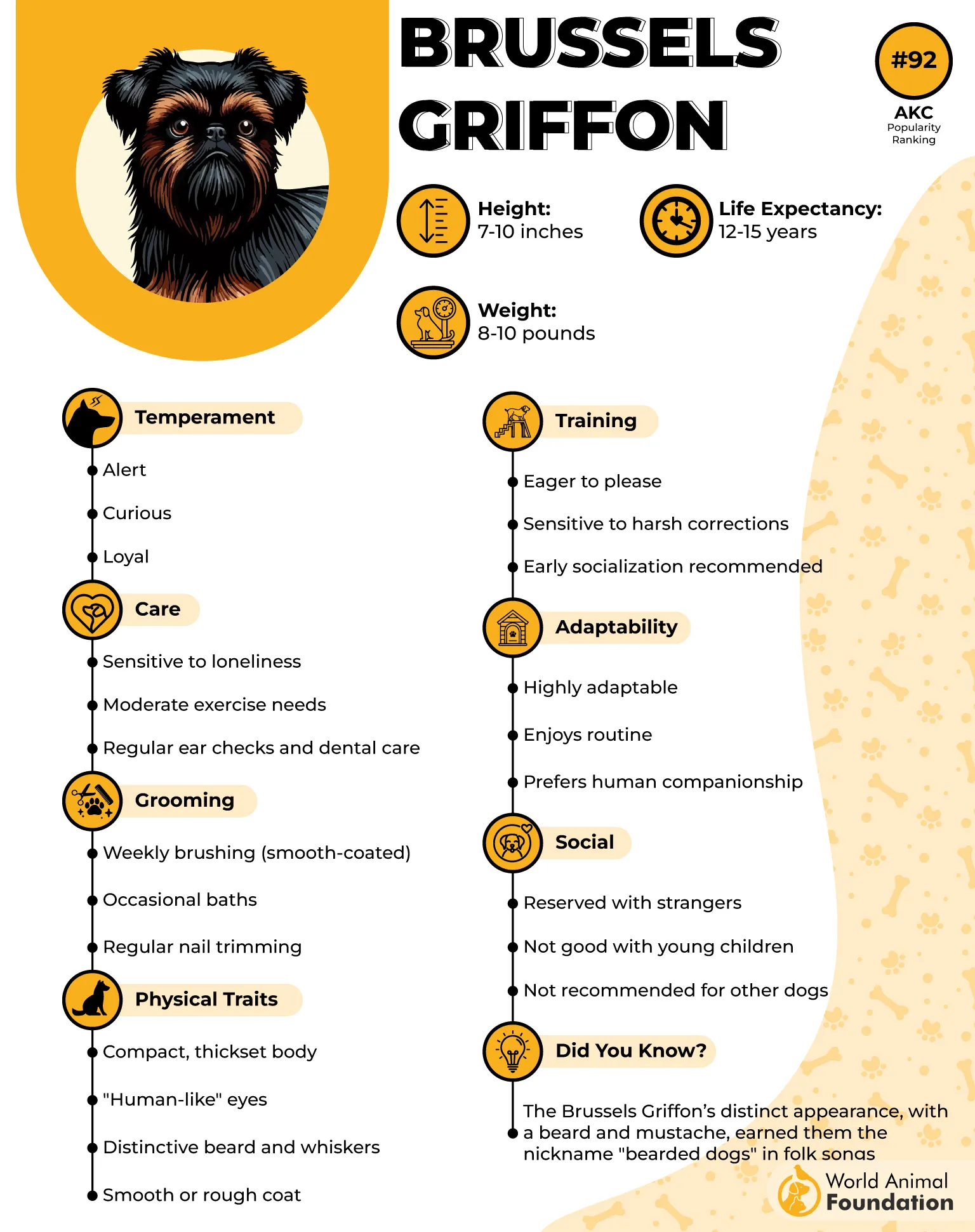
Personality far bigger than their frame
They walk with a signature prance, heads high, often behaving like they own the space they walk into. While small, they’re known for being fearless and opinionated. That bold streak is exactly what sets them apart from more passive breeds.
Best kept in calm, structured homes
They respond best in quiet environments with routine, where their well-mannered side shines. Sudden loud noises or chaotic surroundings can stress them, sometimes triggering other health issues. With consistency, their loyalty becomes unwavering.
6. Bullmastiff
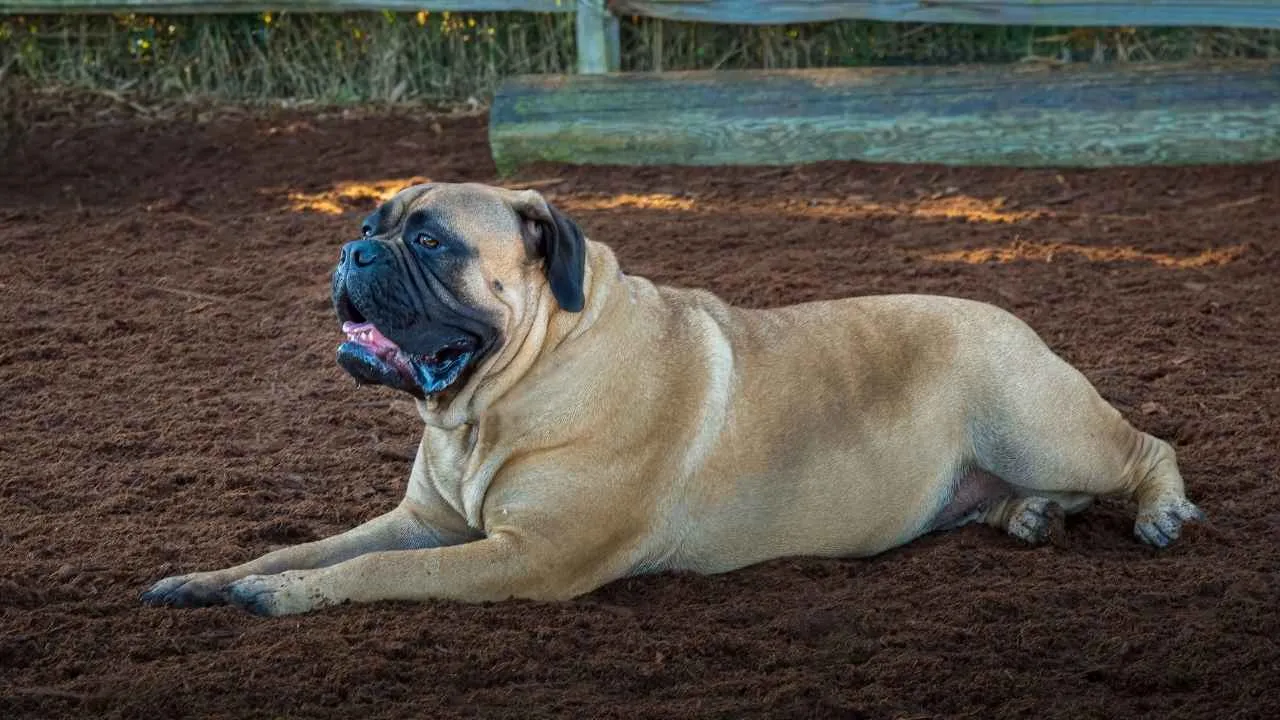
Originally bred as silent guard dogs on English estates, Bullmastiffs developed their short, broad muzzles for power over airflow. This design gave them the bite strength to restrain intruders, not chase them down. Their structure prioritizes control, not stamina.
Heat sensitivity and physical limits
Bullmastiffs are highly prone to overheating in hot weather due to reduced airflow through their short snouts. They’re also at greater risk of respiratory distress, especially during high temperatures or poor ventilation. Indoor cooling isn’t optional—it’s essential.
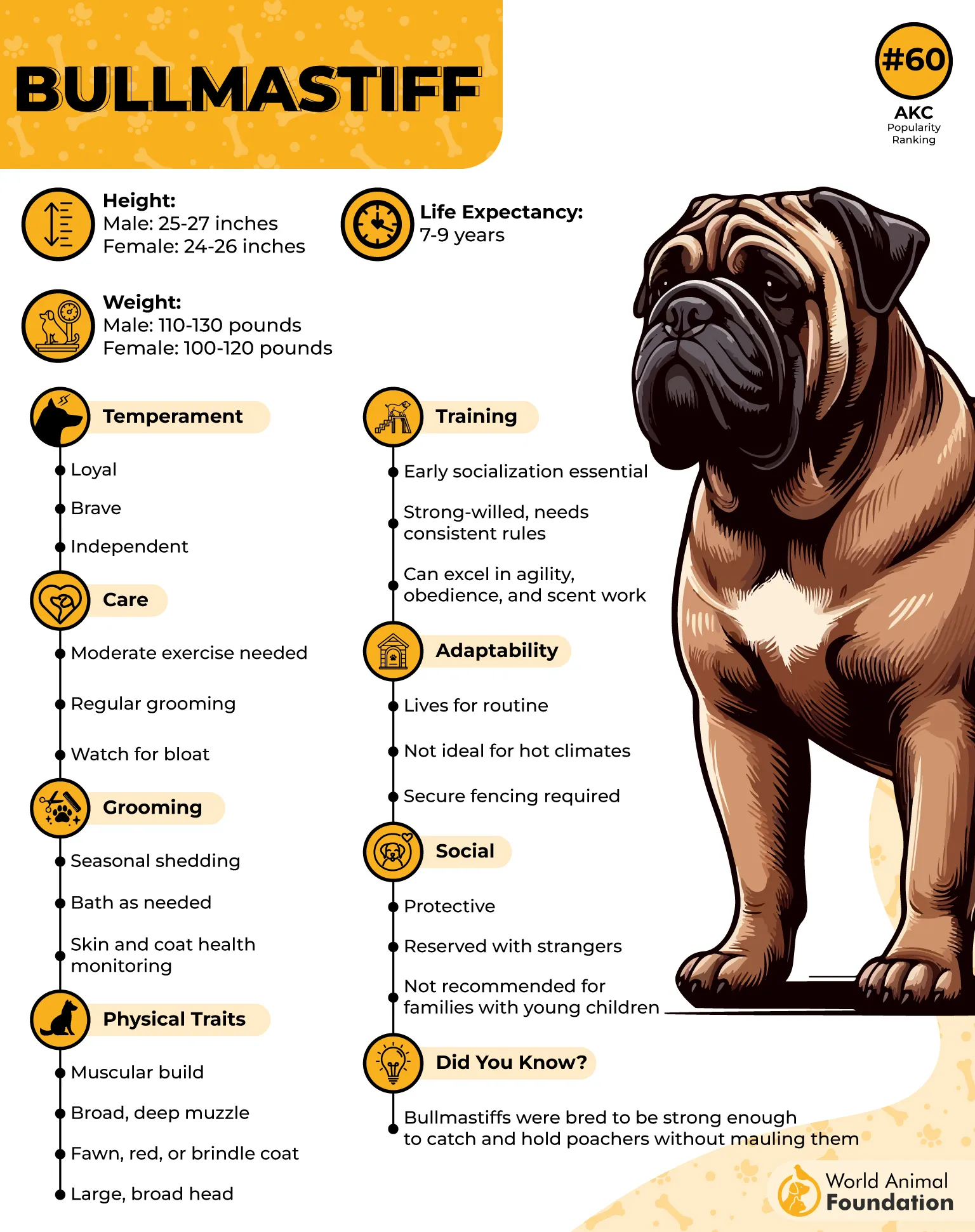
Tailored activity, not overexertion
Too much movement can be harmful, particularly during growth phases. Activities involving jumping or strenuous exercise may stress their joints and breathing. Short walks and mental enrichment are far better suited to their needs.
Gentle giants with clear boundaries
While they bond deeply with their families, they aren’t always tolerant of other animals unless socialized early. Their protective instincts can be intense, but calm consistency helps maintain balance. With the right environment, they enjoy a relaxed, happy life.
7. French Bulldog
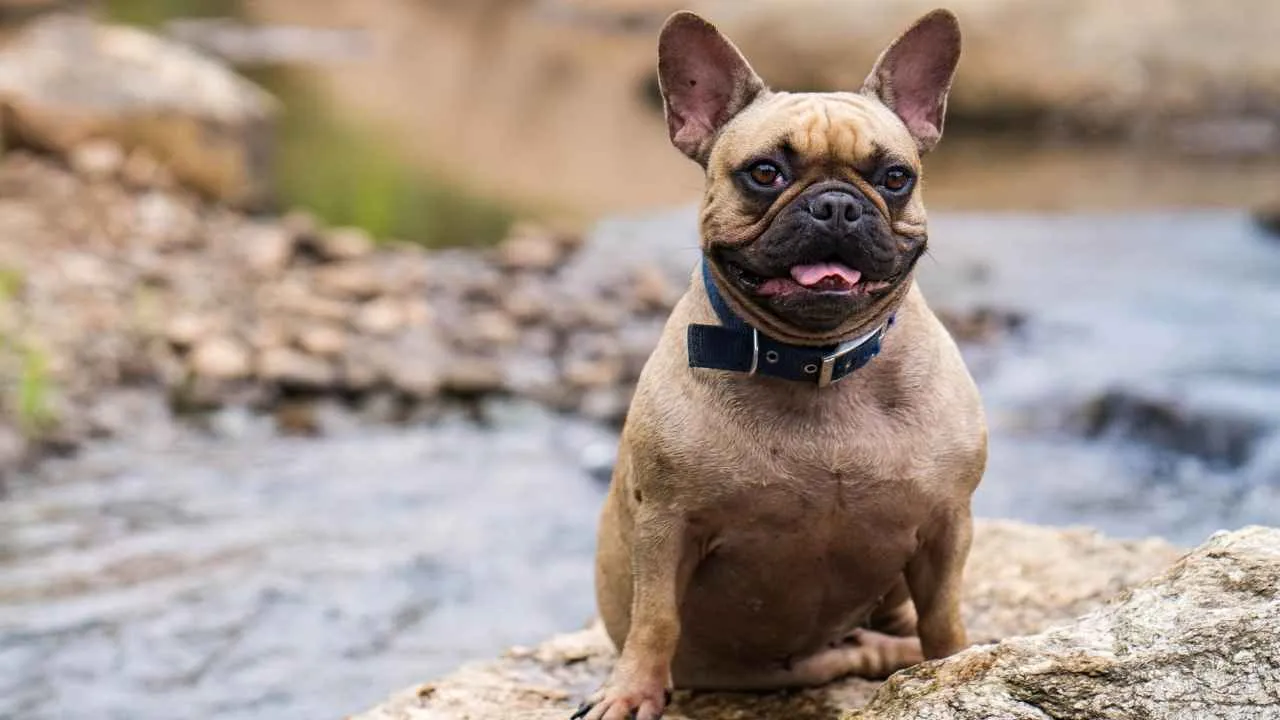
That signature pushed-in face isn’t just for show—it’s the result of selective breeding that’s made the Frenchie one of the most iconic flat-faced dogs.
Their compact skull and narrowed airways mean their snorting, snuffling sleep sounds are nearly guaranteed. A quiet home rarely stays that way with a Frenchie nearby.
Real Struggles Behind the Cuteness
Their adorably short muzzle contributes to brachycephalic obstructive airway syndrome, a condition that affects their breathing, especially in heat or during exercise.
Even excitement can trigger heavy panting, so temperature regulation is non-negotiable. Short walks and shaded spots aren’t optional—they’re essential.
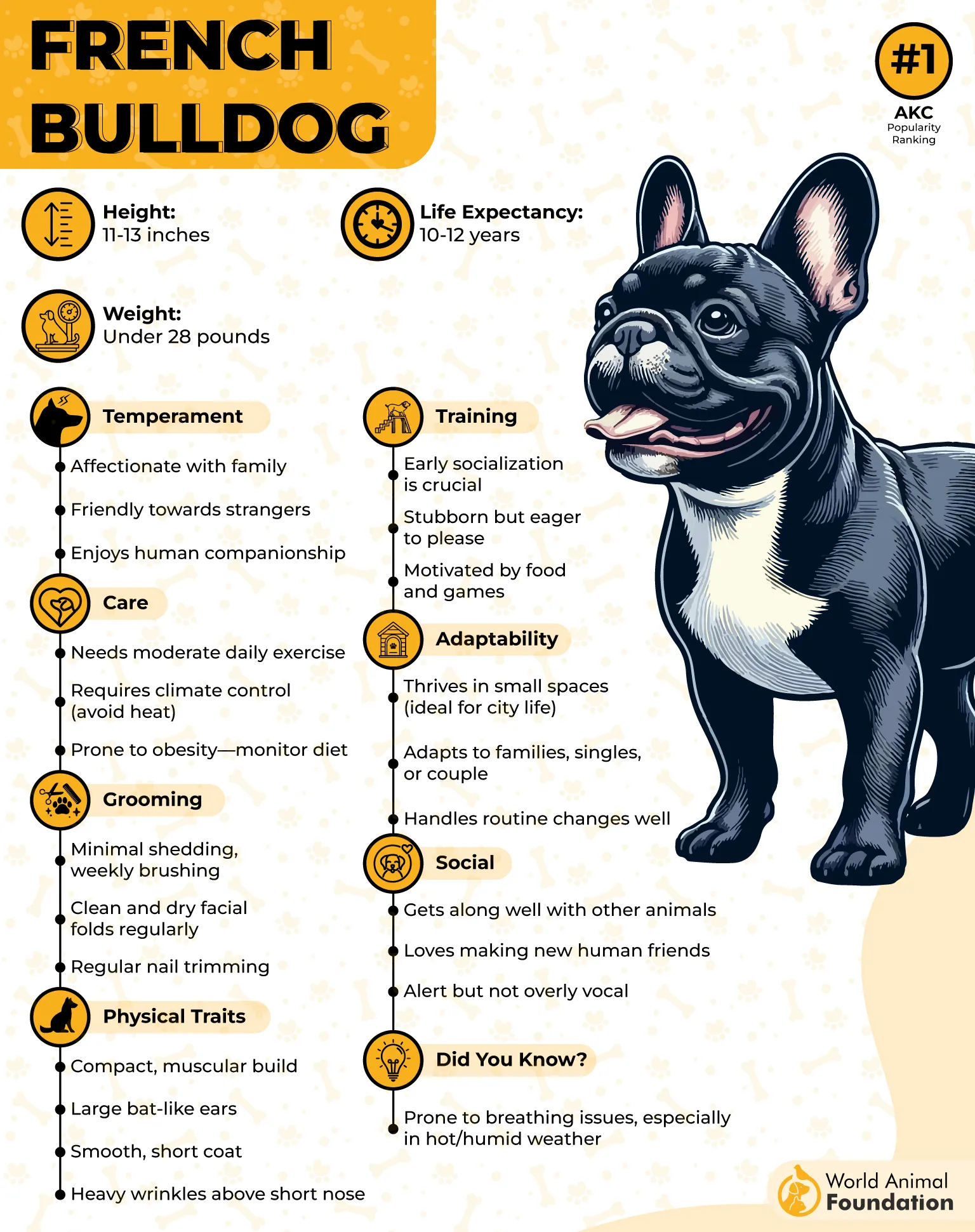
More Wrinkles, More Care
Their skin folds are charming but require routine cleaning to prevent skin infections. These areas trap moisture and debris, particularly around their face and neck. Neglecting these spots can quickly turn into a trip to the vet.
Surprisingly Sociable Yet Stubborn
Frenchies are often mellow around other pets, but they won’t be pushed around. They prefer familiar routines and can resist commands if they don’t see the point. Training takes patience and humor—two traits every Frenchie owner eventually develops.
Conclusion
Short-snouted dogs bring joy with every silly snore, squishy face, and stubborn glance—but there’s more behind that charm than meets the eye. These short noses often come with challenges that affect the way these dogs breathe, sleep, and even handle hot weather.
Flat-faced or nosed dogs like the French Bulldog or Chow Chow are highly susceptible to overheating and can easily face serious issues like heat stroke if not watched closely. Many also have a thick coat, making it harder to stay cool in warm weather.
Their unique structure makes them more prone to breathing issues, especially during play or stress. But none of this means they can’t live happy, healthy lives. It just takes a little extra awareness and a lot of love.
With patience, preparation, and proper care, these pups reward you with loyalty, laughs, and lifelong companionship that’s absolutely worth every bit of effort.


